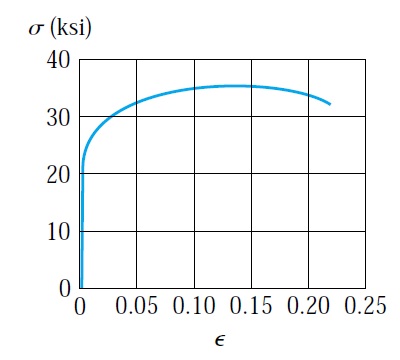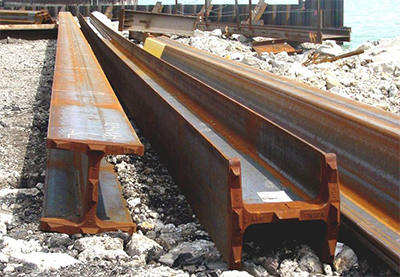fly ash Pozzolan
Fly ash is supplementary cementitious materials used in the concrete mix to reduce the amount of cement and to improve concrete properties. Fly ash is a by-product of burning pulverized coal in an electrical generating station. Upon ignition in the furnace, most of the volatile matter and carbon in the coal are burned off. During combustion, the coal’s mineral impurities (such as clay, feldspar, quartz, and shale) fuse in suspension and are carried away from the combustion chamber by the exhaust gases. In the process, the fused material cools and solidifies into spherical glassy particles called fly ash. The fly ash is then collected from the exhaust gases by electrostatic precipitators or bag filters. The performance of fly ash depends on physical and chemical properties. Chemical composition is dependant on coal composition, and it can vary for a different type of coal.

The using of good fly ash with high fitness will improve concrete workability. It is estimated that the using of 10% of fly ash will allow a reduction of water content by 3%. Fly ash concrete mix should be appropriately proportioned to improve workability and reduce the water content. Adding fly ash to the concrete mixture will increase mix cohesiveness and reduce segregation.
The using of fly ash will reduce the bleeding of concrete. The reducing of bleeding is logical. Using fly ash will reduce the water content, as I mentioned earlier. The reducing of water content will reduce concrete bleeding.
Fly ash tends to reduce the initial and final setting time of concrete. The using of fly ash concrete mixture in cold weather will pose difficulties in term of placing and finishing of concrete. Also, it will delay the removal of formwork. Fly ash content should be limited in cold weather. In hot weather the retardation effects due to fly ash are small. Fly ash concrete mixture is suitable for mass concrete. Low rate of hydration will produce low internal temperature, which minimizes the thermal cracks.
The using of fly ash will improve concrete strength significantly. At early age concrete without fly ash will gain higher strength. By the time the strength of fly ash concrete will increase and surpass typical concrete.
Fly ash will reduce concrete permeability. Reducing concrete permeability will reduce the ingress of an aggressive chemical such as chloride and sulfate. The reduction of concrete permeability will increase concrete durability.
The replacing part of cement with fly ash will help in preserving the earth resources and reducing pollution. Producing one tonne of cement will emit one tonne of carbon dioxide. Cutting the amount of produced cement will reduce the emission of carbon dioxide and reduce environmental pollution.

Figure 1
ASTM classified the fly ash into type F and C. table no:1 showing the description and chemical composition for each class. Many fly ash produced from lignite or sub-bituminous coal met the chemical requirements for class F, or C. such fly ash can be classified as F, or C. Also, it can be classified as F/C.
Table 1
The using of fly ash will reduce the bleeding of concrete. The reducing of bleeding is logical. Using fly ash will reduce the water content, as I mentioned earlier. The reducing of water content will reduce concrete bleeding.
Fly ash tends to reduce the initial and final setting time of concrete. The using of fly ash concrete mixture in cold weather will pose difficulties in term of placing and finishing of concrete. Also, it will delay the removal of formwork. Fly ash content should be limited in cold weather. In hot weather the retardation effects due to fly ash are small. Fly ash concrete mixture is suitable for mass concrete. Low rate of hydration will produce low internal temperature, which minimizes the thermal cracks.
The using of fly ash will improve concrete strength significantly. At early age concrete without fly ash will gain higher strength. By the time the strength of fly ash concrete will increase and surpass typical concrete.
Fly ash will reduce concrete permeability. Reducing concrete permeability will reduce the ingress of an aggressive chemical such as chloride and sulfate. The reduction of concrete permeability will increase concrete durability.
The replacing part of cement with fly ash will help in preserving the earth resources and reducing pollution. Producing one tonne of cement will emit one tonne of carbon dioxide. Cutting the amount of produced cement will reduce the emission of carbon dioxide and reduce environmental pollution.















Comments
Post a Comment